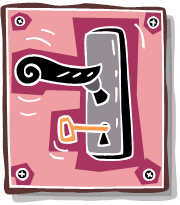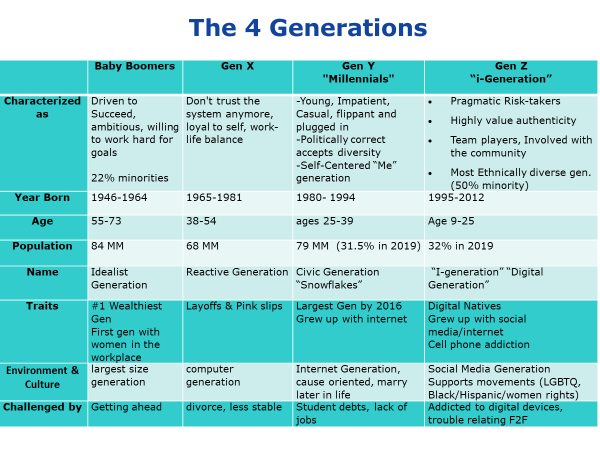The Magnificent Seven – Hard-Earned Sales Wisdom from the Front Lines
By Patrick McClure, Senior Consultant, Lighthouse Consulting Partners LLC
After spending five decades of my life in Sales, I’ve decided to pass the torch to the coming generations with my best wishes for their success. During my long career as a salesperson, sales executive, manager, VP of Sales, author, professional speaker, and consultant I’ve compiled a large number of “lessons learned,” and it is my hope that some of these will translate well into the AI-enabled, multimedia-saturated complexity of today’s sales world.
I was told over a decade ago by a well-known and respected sales luminary that our profession (sales) was becoming increasingly obsolete and would no longer be needed in the coming years. Happily, I have found this statement was incorrect. Even though the selling environment has radically changed, there will always be a need for professional salespeople. I firmly believe that there will never be a time when machine learning, generative AI, and process automation will entirely replace my profession. Fingers crossed!
For this newsletter, I have carefully chosen my Top Seven Best and most Powerful lessons. Every single lesson has generated millions in revenue and profitability for individuals and corporations across the globe. Conversely, failure to follow these simple precepts has invariably resulted in disaster and massive lost revenue. Heed them well, for these are the Magnificent Seven!
The Magnificent Seven
- Attitude is Everything
Having the correct attitude before you pick up the phone, write that memo, record a video or podcast, or make a sales call is critical. Eliminate your internal negative “mind trash”, focus on the Here and the Now and be grateful for everything, especially the opportunity to help others. Put a smile on your face and a bounce to your step and be happy!
- Ask Questions and LISTEN
Don’t rush into things prematurely. Stop selling and start listening. Until you KNOW where your prospect is coming from, until you develop empathy with them and appreciate their challenges and opportunities, you have no business trying to sell them anything. Ask questions, be interested, and learn their world!
- Sell Value, Not Product
Potential customers don’t want to hear endless details about your product or service. They only care about what is valuable to them, not you. Find out what’s important in their world and if you listen, they will tell you. Once you understand them, you’ll be able to connect with them more effectively, and you will have earned their attention. People buy when they are convinced the value is worth it!
- Handle their Objections
During the selling process, you will frequently encounter a wide variety of objections. Never ignore these tell-tale buying signs, always dive in and handle them promptly. First listen and understand their concern, then deal with it effectively. A seasoned salesperson is an expert at handling objections!
- Keep it Simple
Don’t confuse your customers or prospects with complicated explanations and technical “jargon.” If you can’t explain it so clearly that an 8-year-old could understand, don’t bring it up! Practice your most relevant selling points until they are unique, compelling, and extremely easy to understand. Simple sells!
- Close Deals
Your job is to finalize the transaction, and to persuade your prospect or customer to move forward with the sale. Everyone else on your team is helping, assisting, and supporting but you are the closer. People love to buy, and your job is to make it possible for them to say yes, because they really want and need your product. The most skilled salespeople build terrific rapport and trust, selling value all the way, so that customers insist on buying from them!
- Don’t Give Up
It has been proven by years of research that 90% of salespeople give up after encountering significant objections. Most rookies give up after hearing 3-4 “no’s”, but it turns out they gave up too early! The majority of sales occur after these “no’s” have been overcome. If your product is a good match for the prospect, if it will sincerely benefit them, if it is truly valuable to them, you owe it to them to complete the sale.
Sales is not simply about persuasion—it’s about connection, value, resilience, and service. The tools may change, but the human essence of this work remains. So, to all the rising stars out there: honor the craft, master the fundamentals, and never underestimate the power of a well-timed question, a sincere attitude, or a persistent heart. The future is yours—go sell it with excellence.
Lighthouse Consulting Partners, LLC
Testing Division provides a variety of talent management services, including in-depth work style personality assessments for new hires, staff development and team building. Lighthouse provides these assessments in 19 different languages along with offering skills testing, leadership and management coaching and offer a variety of workshops including team building and interview skills.
Business Consulting for Higher Productivity Division provides professional coaching, stress management workshops, sales and customer service training, negotiation skills, leadership training, staff planning, operations, and much more.
For more information on our services, please go to www.lighthouseconsulting.com or contact us at Info@LighthouseConsulting.com.
Permission is needed from Lighthouse Consulting Partners, LLC to reproduce any portion provided in this article. © 2025





![MC900439256[1]](https://lighthouseconsulting.com/wp-content/uploads/2013/10/MC9004392561.png)
 Without a defined specific and written objective, you are flying blind. You can’t hit a target if it is not defined, so get your targets written down.
Without a defined specific and written objective, you are flying blind. You can’t hit a target if it is not defined, so get your targets written down.





 An accurate assessment by a sales performance expert with detailed findings and recommendations
An accurate assessment by a sales performance expert with detailed findings and recommendations


 So, there you are! 10 quick strategies for survival in the new decade. Good luck and let me know your success with these tips!
So, there you are! 10 quick strategies for survival in the new decade. Good luck and let me know your success with these tips!


 Prepare (or refine) your customer service response plan. Now that you’ve brainstormed with your management team, put it into action.
Prepare (or refine) your customer service response plan. Now that you’ve brainstormed with your management team, put it into action.









